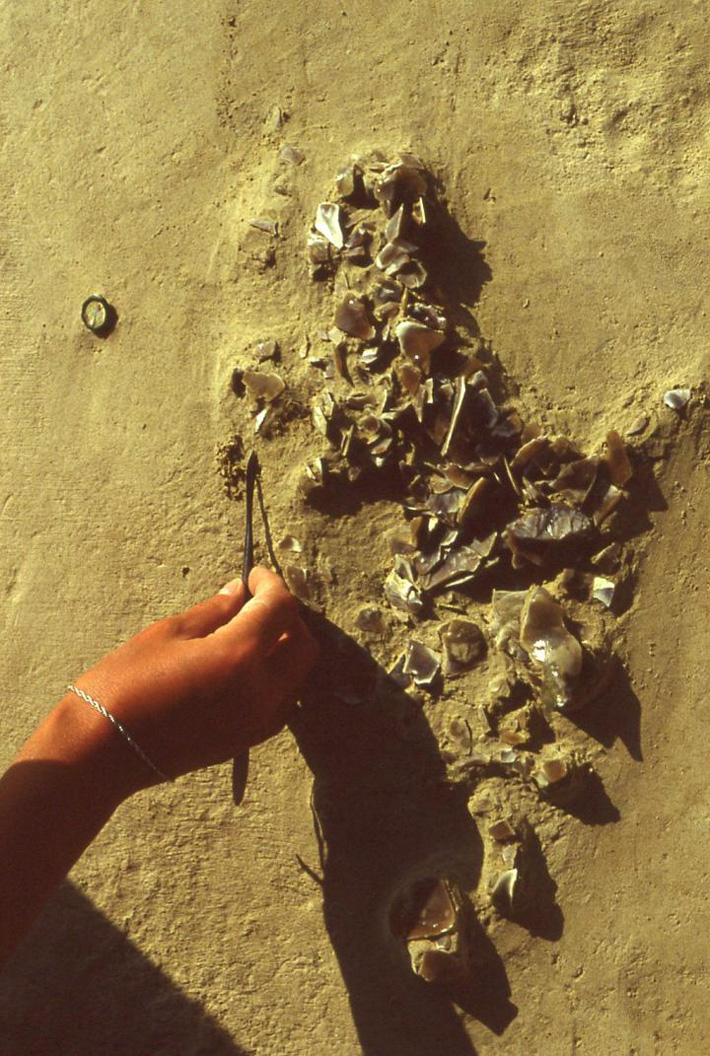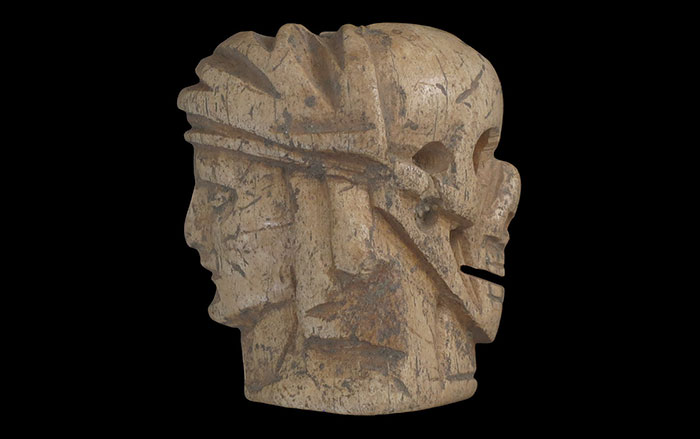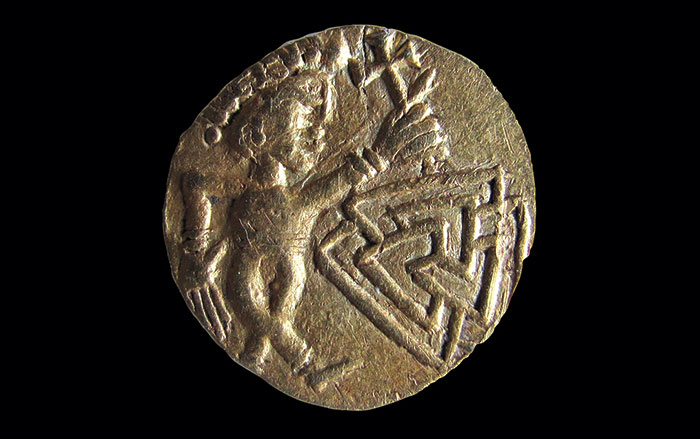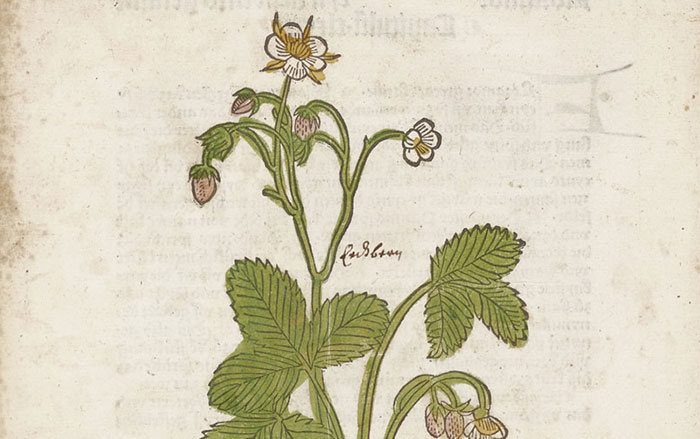
LONDON, ENGLAND—According to a BBC News report, a team of researchers led by Mark Roberts of University College London analyzed artifacts recovered from a nearly 500,000-year-old intact site on the edge of a marsh at what is now the Boxgrove quarry in southern England. The presence of a Homo heidelbergensis shin bone suggests that a group of the possible human ancestors had gathered at the site to butcher a horse carcass. More than 2,000 flintknapping scatters, found in eight separate areas of the site, were reassembled by the researchers, who found that each pile had been left behind during the shaping of a biface knife. These implements were then probably used to butcher the horse. The animal’s flesh was removed, and its bones were smashed to remove marrow and grease, creating enough food to feed as many as 40 people. Marks on some of the horse bones indicate that they were used as retouchers to continue to shape the flint knives. The flint knives themselves have not been recovered, suggesting that they were carried away after the feast. To read more about Homo heidelbergensis, go to "Our Tangled Ancestry."










